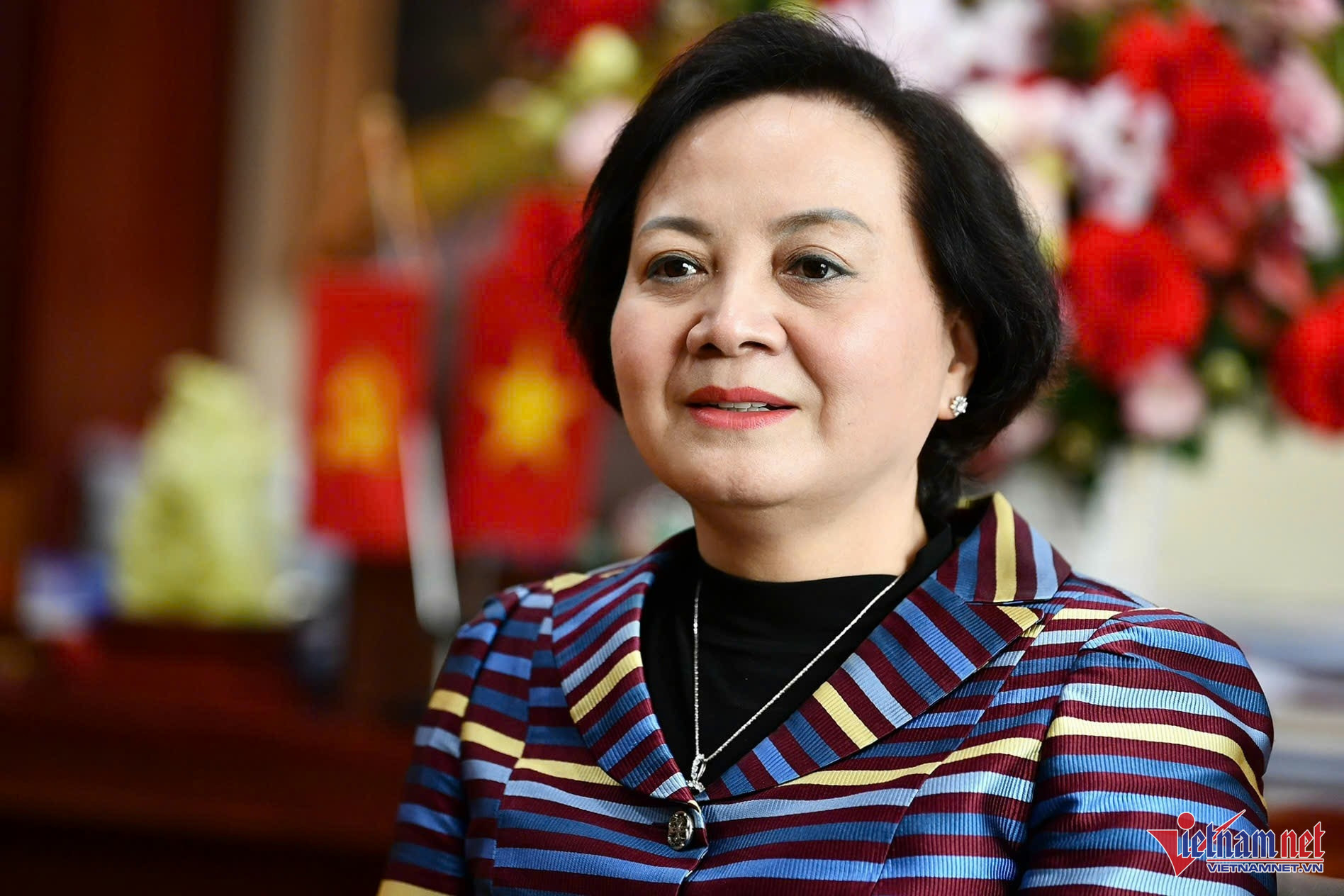Following a comprehensive restructuring, Vietnam’s government is set to reduce its organizational structure to include 13 ministries, four ministerial-level agencies, and four government-affiliated bodies. This move will cut five ministries, four government-affiliated agencies, and numerous internal organizations.
Speaking with VietNamNet, Minister of Home Affairs Pham Thi Thanh Tra outlined the plan, which aligns with the Central Steering Committee’s vision. The proposal will slim down the government from 30 to 21 entities, significantly streamlining its structure.

Merging ministries and agencies
The restructured government will include the following changes:
The Ministry of Planning and Investment and the Ministry of Finance will merge to form the Ministry of Finance and Development or the Ministry of Economic Development.
The Ministry of Transport and the Ministry of Construction will merge into the Ministry of Infrastructure and Urban Development.
The Ministry of Natural Resources and Environment and the Ministry of Agriculture and Rural Development will combine to form the Ministry of Agriculture, Resources, and Environment. This merger aims to resolve overlaps in managing water resources, river basins, and biodiversity.
The Ministry of Information and Communications will merge with the Ministry of Science and Technology.
The Ministry of Labor, Invalids, and Social Affairs will merge with the Ministry of Home Affairs to form the Ministry of Interior and Labor. Key functions, such as vocational training, will transfer to the Ministry of Education and Training, while social welfare and child protection responsibilities will move to the Ministry of Health.
Additional restructuring includes the Ministry of Health absorbing tasks from the Central Committee for Health Care and Protection. The Ministry of Foreign Affairs will take over the National Assembly's Committee for External Relations and the Central Committee for External Affairs.
The Committee for Ethnic Minority Affairs will manage the Government Committee for Religious Affairs and assume anti-poverty functions from the Ministry of Labor, Invalids, and Social Affairs.
Streamlining government operations
The restructuring will reduce 10 of the 13 general departments, 52 departmental units under ministries and agencies, and 75 internal offices. Approximately 264 divisions within general departments will also be cut, achieving a 15-20% reduction in public administrative units.
Minister Pham Thi Thanh Tra emphasized the need for comprehensive policies to support affected employees, ensuring fair treatment and minimizing the psychological impact on public servants.
Rationalizing media and publications
In line with these reforms, the government also plans to consolidate state-owned media outlets. Television networks such as People’s Television, National Assembly Television, and others will transfer their functions to Vietnam Television (VTV). VTV will be restructured to serve as the national broadcaster with specialized channels.
Other state agencies, including the Vietnam News Agency and Voice of Vietnam, will downsize their internal departments, focusing on core responsibilities. Ministries and agencies will be limited to maintaining one newspaper (including print, electronic, and online formats) and one scientific journal, contingent on international recognition.
If executed as planned, the streamlined government structure is expected to resolve functional overlaps and improve operational efficiency. The reduction in government entities aims to align Vietnam’s public administration with modern governance standards while optimizing resource allocation.
Minister Pham Thi Thanh Tra highlighted the importance of tying the restructuring process to staffing reductions and quality improvements, ensuring that Vietnam’s public workforce meets the demands of its evolving governance landscape.
Thu Hang